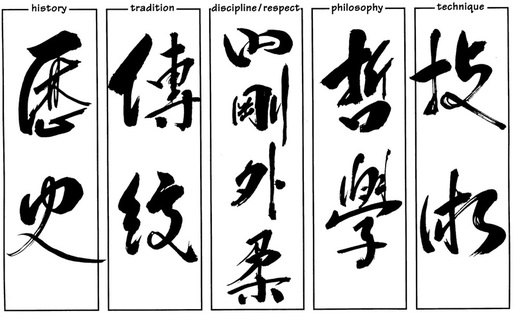We teach every Friday from 17:15 - 18:45
The Zejtun Do-Jang offers classes for all ages. Please feel free to contact us for more information towards the journey into the Traditional martial arts of Korea.
"Tang Soo Do is not something you practice. Tang Soo Do is who you are"
The thoughts and philosophies of our club
The Chinese character Moo consists of Guh and Ji . /Guh/ means "spear, attack, disturbance, and aggression" and /Ji/ means "to stop". Thus, /Moo/ together means "to stop the attack, disturbance, and aggression." This etymological analysis tells that Moo originates from the practice of halting and pacifying war or disturbance. In the context of modern life, we are involved in continuous disturbance: Even though we do not suppose an extreme event like war, our capacity as human beings are finite, we must face death regardless. Thus, we must accept that we cannot be totally free from disturbance, however, we can learn to manage the disturbances that plague us. We can view them as challenges to our lives. But to do so, we must enhance our capacity to deal with them. Construed in this way, Moo is a relevant practice to our everyday concern since it is the practice of cultivating our capacity to deal with the set of inevitable and contingent disturbances arising in our lives.
In practicing Moo Do we are training to develop a strong self, in order to overcome both external and internal sources of disturbance.
The attitude of the student determines the nature of his character development. We are not practicing in order to passively defend against every disturbance, but to approach disturbances as personal challenges which, when overcome, contribute to personal growth.

The 5 Moo Do values of History, Tradition, Philosophy,
Discipline/Respect, and Technique, are the backbones of our proud Moo Do
identity. These values coexist interdependently with each element strengthening
the meaning of the other four. When we apply the 5 Moo Do values to our daily
training we strengthen our self not only as a Moo Do practitioner, but also as
an individual who provides a positive influence within our society.
The image to the left is Grandmaster Hwang Kees 5 Moo Do Values.
The image to the left is Grandmaster Hwang Kees 5 Moo Do Values.